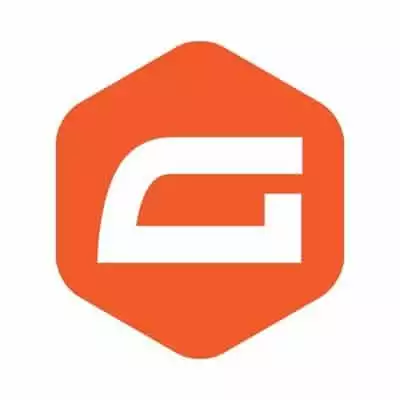How to Find Post, Category, Tag, Comments, or User ID in WordPress
Check Out More At: WP Beginner
WordPress: Best WordPress Plugins | WordPress Tutorials
How to Find Post, Category, Tag, Comments, or User ID in WordPress
| Product Image | Product Name / Primary Rating / Price | Primary Button / Description |
|---|---|---|
|
|
|
|
|
|
|
|
|
|
|
|
|
|
Elementor is an amazing website builder plugin for WordPress. Elementor makes it easy to create beautiful and high converting websites yourself without having to learn code.
Gravity Forms is a WordPress plugin that creates powerful forms quickly and easily, with drag-and-drop fields, custom notifications and confirmations, and custom styling capability.
Kadence Theme is a powerful, intuitive and flexible WordPress theme that offers an expansive set of features and customization options.
It includes a robust page builder, beautiful design options, mobile-friendly responsiveness, powerful SEO tools and optimized performance for faster loading times.
It’s perfect for creating stunning websites without needing to write any code.
Cloudways is a managed cloud hosting platform that simplifies cloud infrastructure deployment and management.
It provides an intuitive dashboard, automated backups and optimized stack for speedy performance. It also provides 24×7 support with multiple server locations, enabling businesses to host their applications quickly and securely.
When it comes to working with WordPress, one of the most important things you need to know is how to find your Post, Category, Tag, Comments, or User ID. This is something that can be tricky for people who are new to WordPress, but it is essential in order to be able to work with the platform effectively. In this article, we will show you how to find your Post, Category, Tag, Comments, or User ID in WordPress. The first thing you need to do is to log in to your WordPress account. Once you are logged in, you will see the WordPress dashboard. From here, you need to hover over the ‘Settings’ tab and then click on the ‘Permalinks’ option. On the Permalinks settings page, you need to scroll down to the ‘Optional Settings’ section. In this section, you will see the ‘Show IDs for blog posts and pages’ checkbox. You need to check this box and then click on the ‘Save Changes’ button to save your changes. After you have checked the box and saved your changes, all of your posts, pages, categories, tags, comments, and users will now have an ID next to them. This will make it much easier for you to identify each item when you are working with WordPress. Hopefully, this article has helped you to learn how to find your Post, Category, Tag, Comments, or User ID in WordPress. While this can be a tricky thing to understand at first, it is definitely something that you need to know how to do if you want to work with WordPress effectively.





